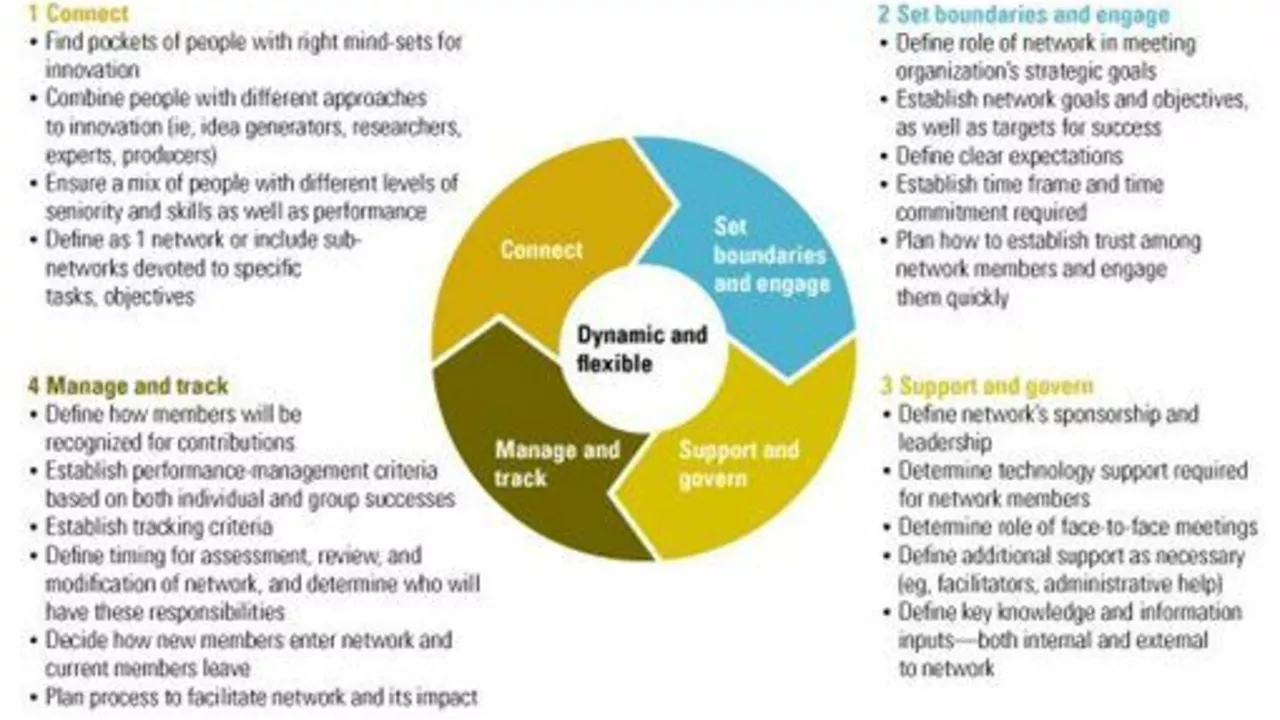What is information technology?
Okay, folks! So, imagine we're in a digital wonderland and the magical realm is information technology. It's like a massive web of computer systems and databases, all dancing together to help us store, transmit, and manipulate data. It's like the brain of the digital world, without which our lives would be as dull as a dishwasher! It's not just about creating cool apps or mind-blowing websites, it's also about making our lives easier and more connected. So, next time when you’re swiping right on that dating app, remember to thank information technology for making love (and everything else) happen!





